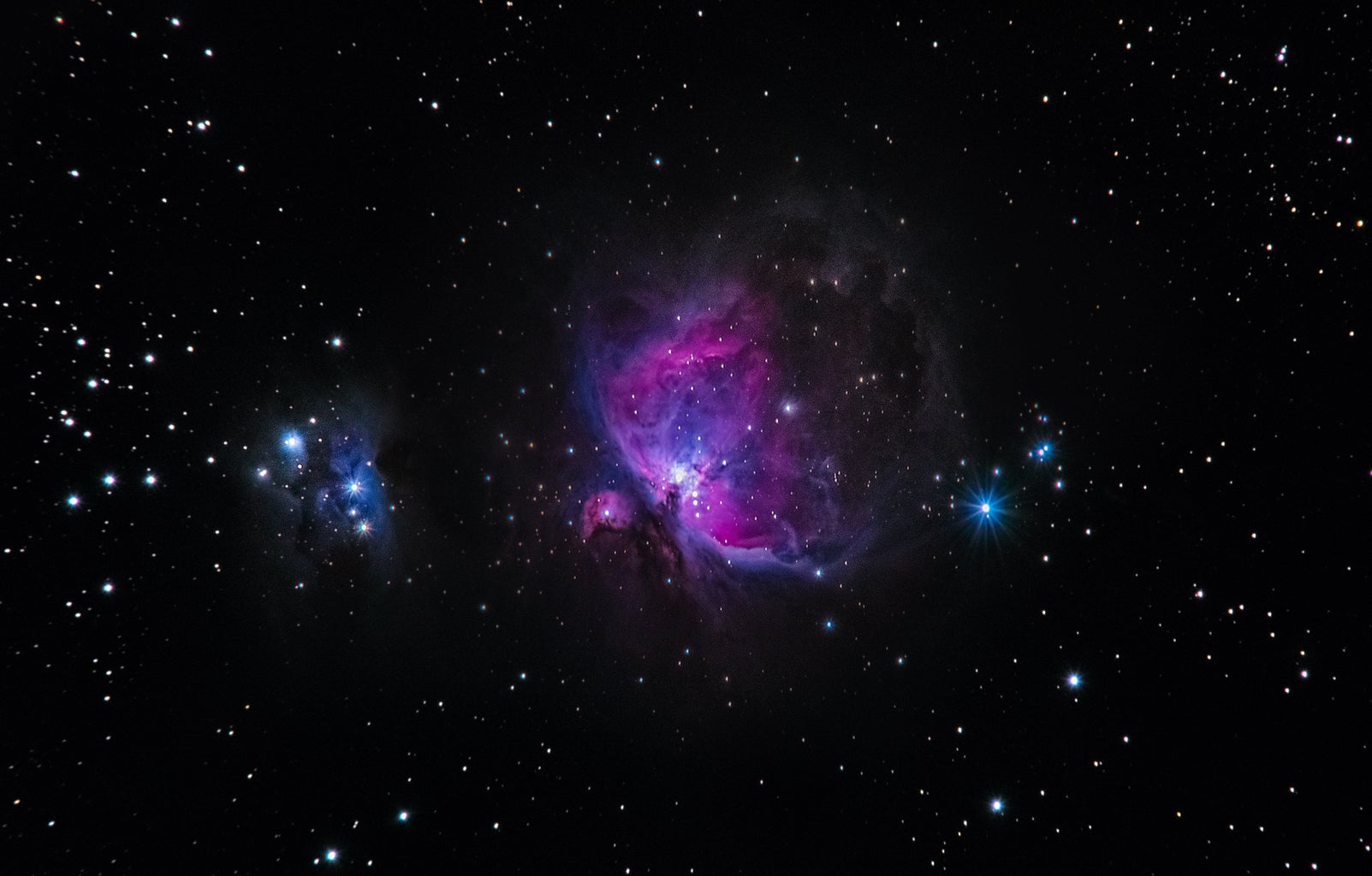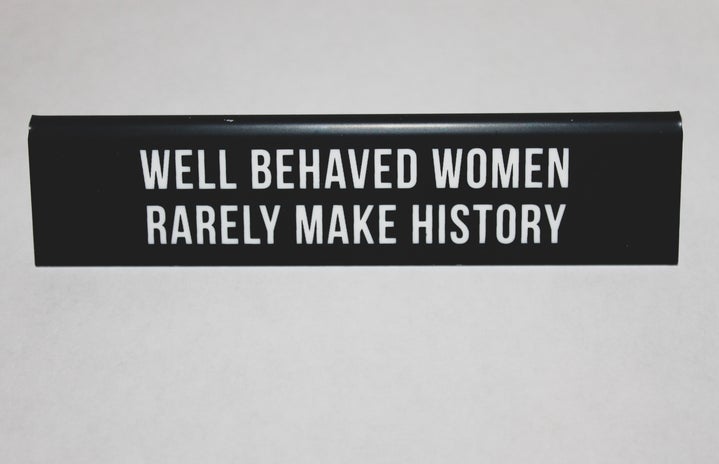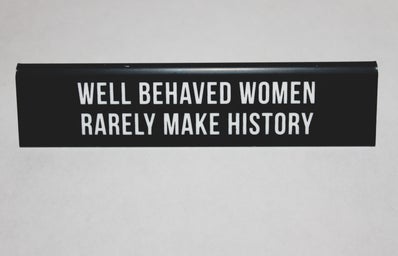The space race of the late 1950s and early 1960s is regarded as the pinnacle of the United States’ capability for innovation and technology. The Soviet Union demonstrated their ability to launch satellites, and the United States became second in a two-man race to space. Fueled by the determination to beat the Soviets to the moon, the United States found itself in need of brilliant minds. However, during the late 1950s and early 1960s, the United States was still very much segregated. It comes as no surprise that the most widely recognized names from this time were all white men.
In 2016, the science and technology community was thrust into the spotlight with the release of the groundbreaking film “Hidden Figures.” The once untold stories of Katherine Johnson, Mary Jackson and Dorothy Vaughan were given the chance to be known by a new generation. John Glenn requested Ms. Johnson to check the final calculations before his Friendship 7 mission—the flight that would put the United States ahead of the Soviets—would lift off.
Ms. Jackson fought for and won the right to be permitted to take engineering courses held at a segregated high school, becoming NASA’s first Black female engineer. The film also follows the fight and accomplishments of Ms. Vaughan, who became NASA’s first Black supervisor while also becoming an expert programmer in FORTRAN.

I’ve never had to fight to be considered equal in my field because of the color of my skin. The three women who fought for women to be allowed in the science and technology field faced obstacles that seemed insurmountable. Yet, against an establishment that couldn’t accept their brilliance and capabilities because they were Black women, they overcame the prejudices of the white male establishment to become an integral part of the United States’ success in the space race.
So, what happened? Why were their names unknown for so long?
Because they were Black women, NASA did nothing to publicize these women who were directly responsible for the success of the space program. Generations went by without NASA recognizing them for their work, and it was not until after “Hidden Figures” that Johnson, Vaughan and Jackson were publicly recognized for their achievements. All three women were honored with the Congressional Gold Medal, along with Dr. Christine Darden, another groundbreaking Black woman who was one of the few engineers at NASA during the early 1970s.
I’m stunned to be sitting here, learning about these women for the first time from a Disney movie. I, and other women in the science and technology field, have these brilliant and resilient minds to thank for our ability to study and compete with men. It is critical to not forget those who are responsible for technological advances and recognize the minority voices who fight hardest for us all.



